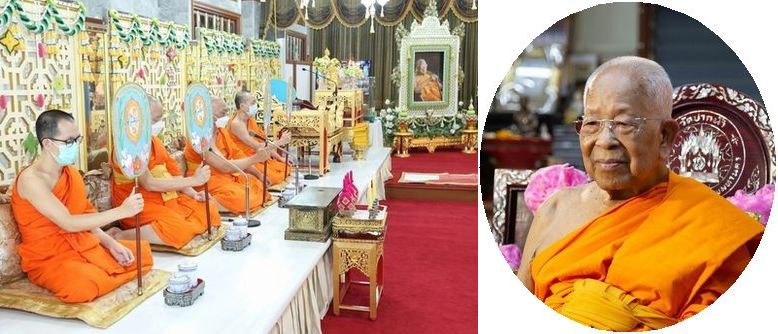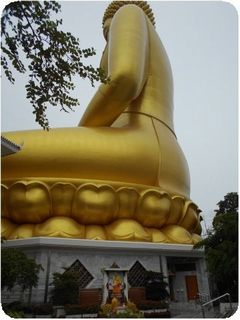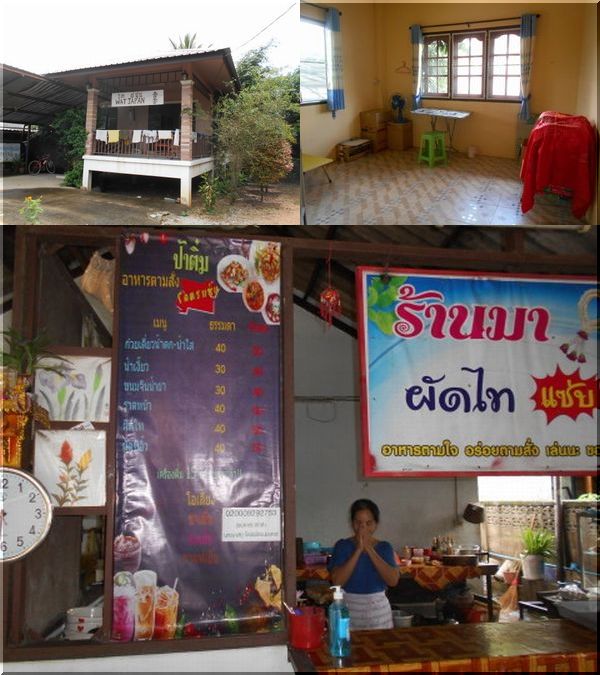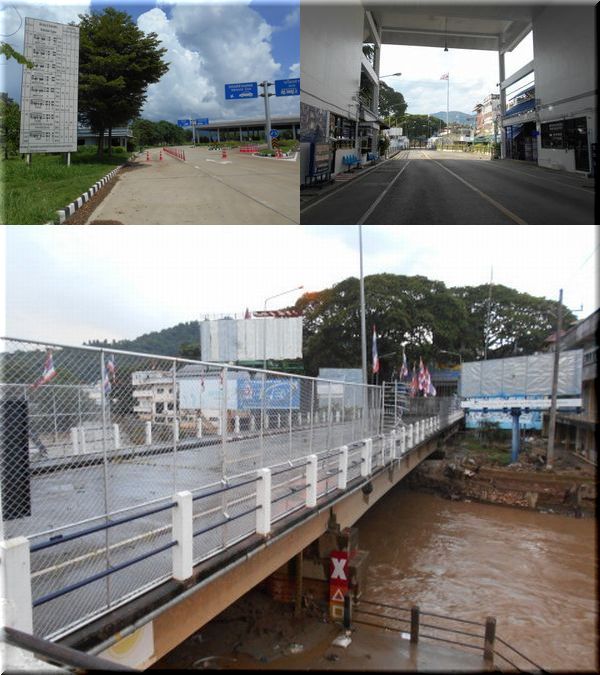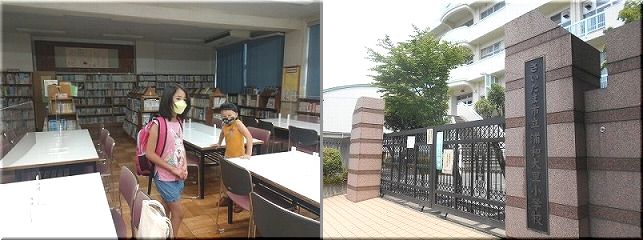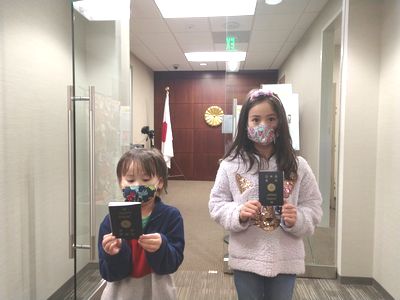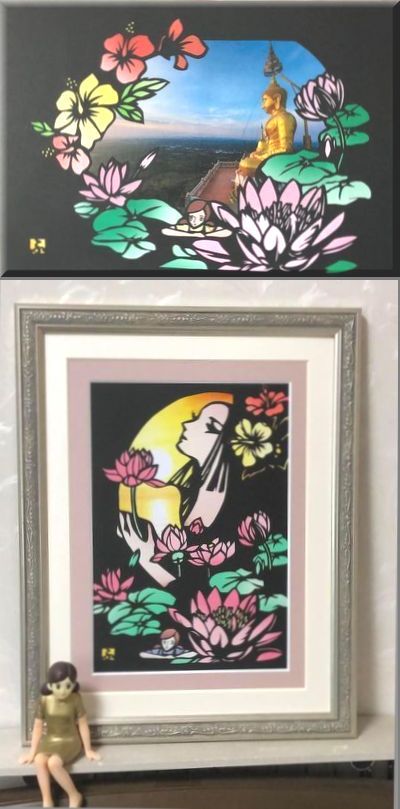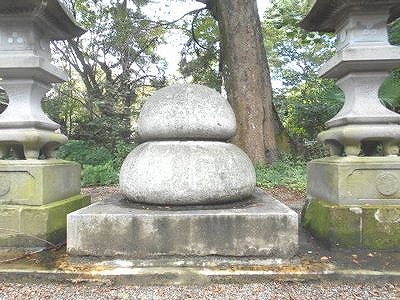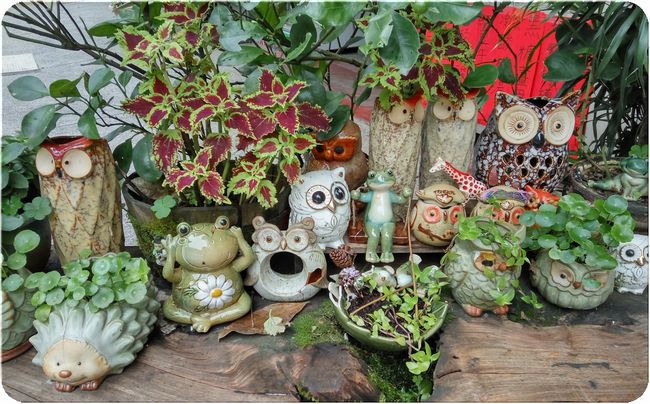
I am interested in “Infectious diseases,” “Clinical depression” and “Dementia.” Before getting Dementia, there is also Forgetfulness, but it seems to be the difference between cases without Dementia and potential Dementia. Of course, in this blog, I would like to focus on myself, analyze and appeal if possible. I would like to introduce them, but there are too many, so I would like to introduce them in moderation.
Let’s consider infectious diseases first:
Viruses, starting with COVID-19, are the enemies of mankind, but they seem to have overcome a lot of them (in the past, yellow fever and rubella, which is still ongoing, and the recent one is COVID-19).
The method of cure for these diseases is being established day by day. I, SUCHITOO don’t like going out in crowds, so I am currently free from COVID-19.
However, since I was born in Japan, I have been bitten by mosquitoes and have gotten sick many times since I was a child, and since I became an adult, Tropical Onyx mosquitoes bit me in Thailand and infected Dengue fever twice. If the cause of the disease is known, there are medicines and cures, but there are a lot of unknown diseases. It is necessary to take measures before the treatment, but the water for humans to live flows from trees and becomes a water source, but mosquitoes carrying pathogens live in the forest, so they are stronger than us. How should I be careful? Humans lose to them, so “Stay away,” use preventive medicine if available, don’t drink raw water, don’t go into the jungle, don’t rely on the government, etc. Experience points are the way to deal with them. There are also syphilis and sexually infectious diseases contracted by humans and pets such as cats and dogs.
There are a lot of insects, animals, and plants that attack humans in tropical regions. I hope there to come up with treatments for that.
Think about Depression:
It is a “mental disease” that many people suffer from stress, and many of them are serious. It is the reality for me also, when I’m depressed, and it can cause problems one after another, make me feel sick, and sometimes, alternately repeat between mania and depression. The recommendation is to get away from this cycle is important to live relaxed for a serious person. And to be diligent, or not, both will be needed in life.
There are many hospitals and depression researchers, but Dr. Yuichiro Tokunaga, the author of “Not only antidepressants and counseling, but nature and the power to stimulate the five senses organs, can change people.’ And some other doctors are working hard to make a full recovery.
SUCHITOO says that one of the things that cause mood disorders is a lack of energy in the brain, by which sometimes makes him depressed. If you feel tired quickly, cannot sleep, have any appetite, Lack self-confidence, or cannot adjust the balance between your mood and emotions. You should have time to rest and maintain your common balance without relying on your doctor. I recommend it because I am doing things like eating, and other things, such as hobbies and lifestyles, sometimes hot springs and travel are the best medicine.
Now think about Dementia:
Dementia is attracting attention because deceived by the phrase of rumor that affects one in seven Japanese. It is a disease that reduces the function of the “brain,” so it will be difficult to recover. In the future, someone develops many cure methods (including medicine) will be available, but I would like to distinguish them from schizophrenia, gambling, and many other addictions.
These types are known as dementia diseases, such as Alzheimer’s, Lewy bodies, and Frontotemporal, but there is also juvenile dementia. The definition of the Ministry of Health, Labor and Welfare of Japan is the deterioration of cognitive functions, such as memory, judgment, and thinking, which is brain function deterioration. So that it is difficult to recover and annoys and causes surrounding people troubles (wandering, Violence/verbal abuse, paranoia, etc.).
Therefore, that is regarded as a problem. It also appears to be associated with diseases of the duodenum, liver, kidneys, and lungs that affect the body. The treatment methods include medical therapy, which is not very good, occupational therapy, music therapy, exercise therapy, and reminiscence therapy. Acquaintances recommend farming and horticultural therapy.
Then I find out my solutions:
Advertisements, such as treatments for depression and dementia, are published in general Japanese newspapers. The Asahi Shimbun (newspaper) had an article about “the power of nature” (Dr. Tokunaga) against dementia, and I found the existence of dementia and rehabilitation study group on the website. Also, to prevent depression and dementia, a psychiatrist Hideki Wada and others have published books on how to think about how to live, and they seem to be selling well. However, I would like to point out that there are not many studies and books on infectious diseases that are common in the tropics, and there are few specialists (there are two hospitals specializing in tropical diseases in Tokyo). I have an acquaintance who died after being mistakenly diagnosed as having a cold by a town doctor in that situation.
I do not want to agree with standing still in the 100-year lifespan, but I think it would be good to refer to the comments from experts, hospitals, and the Ministry of Health, Labour and Welfare.
